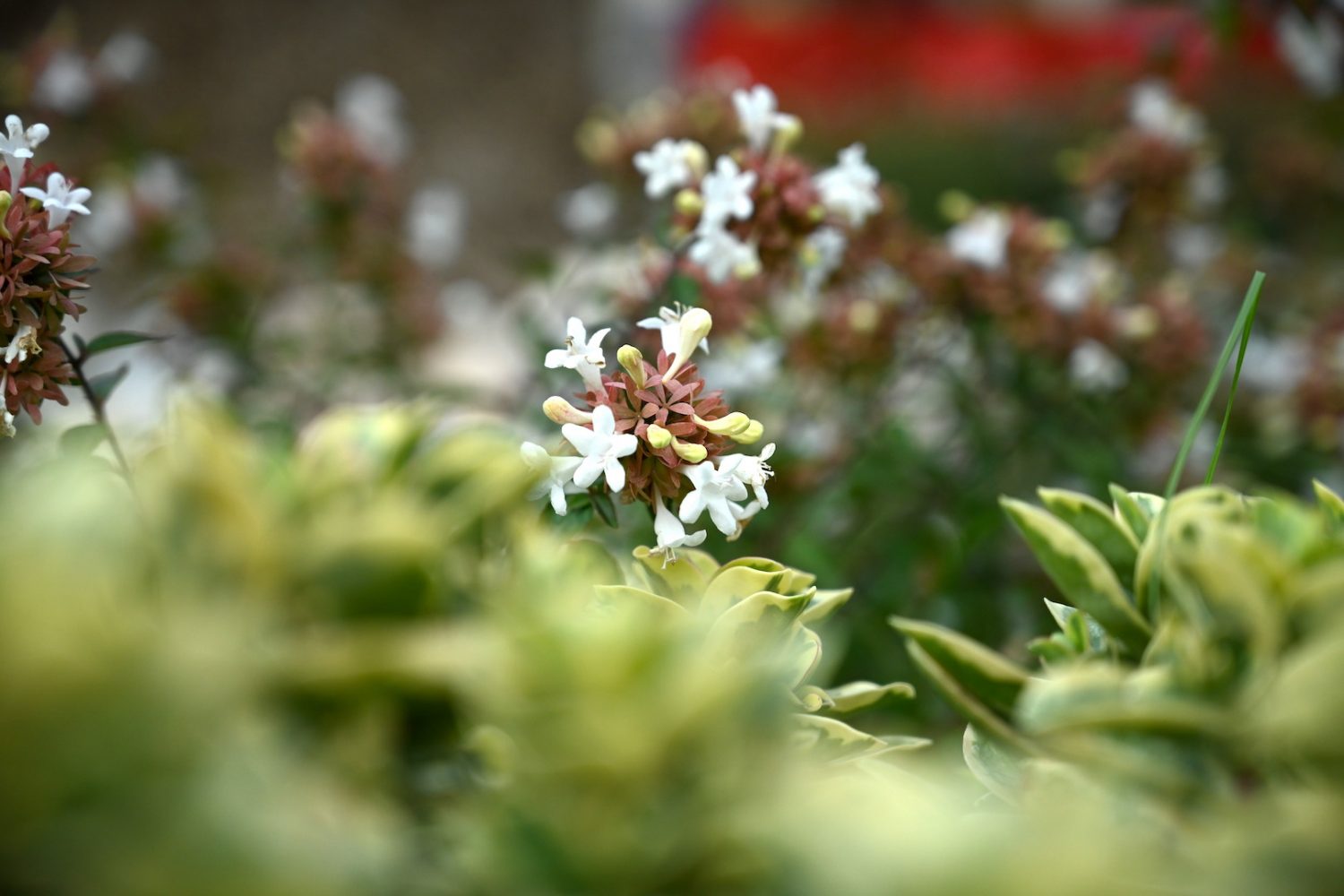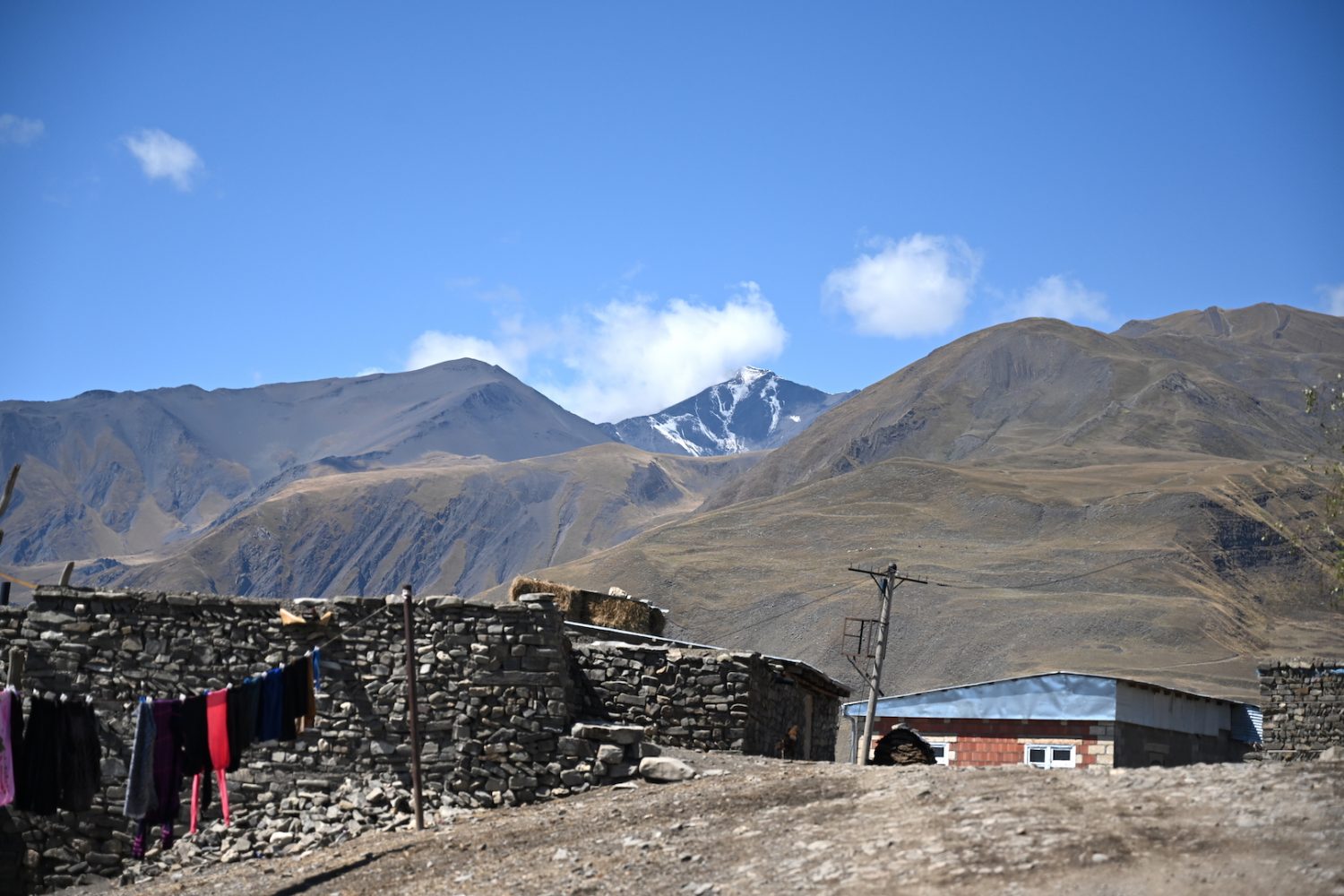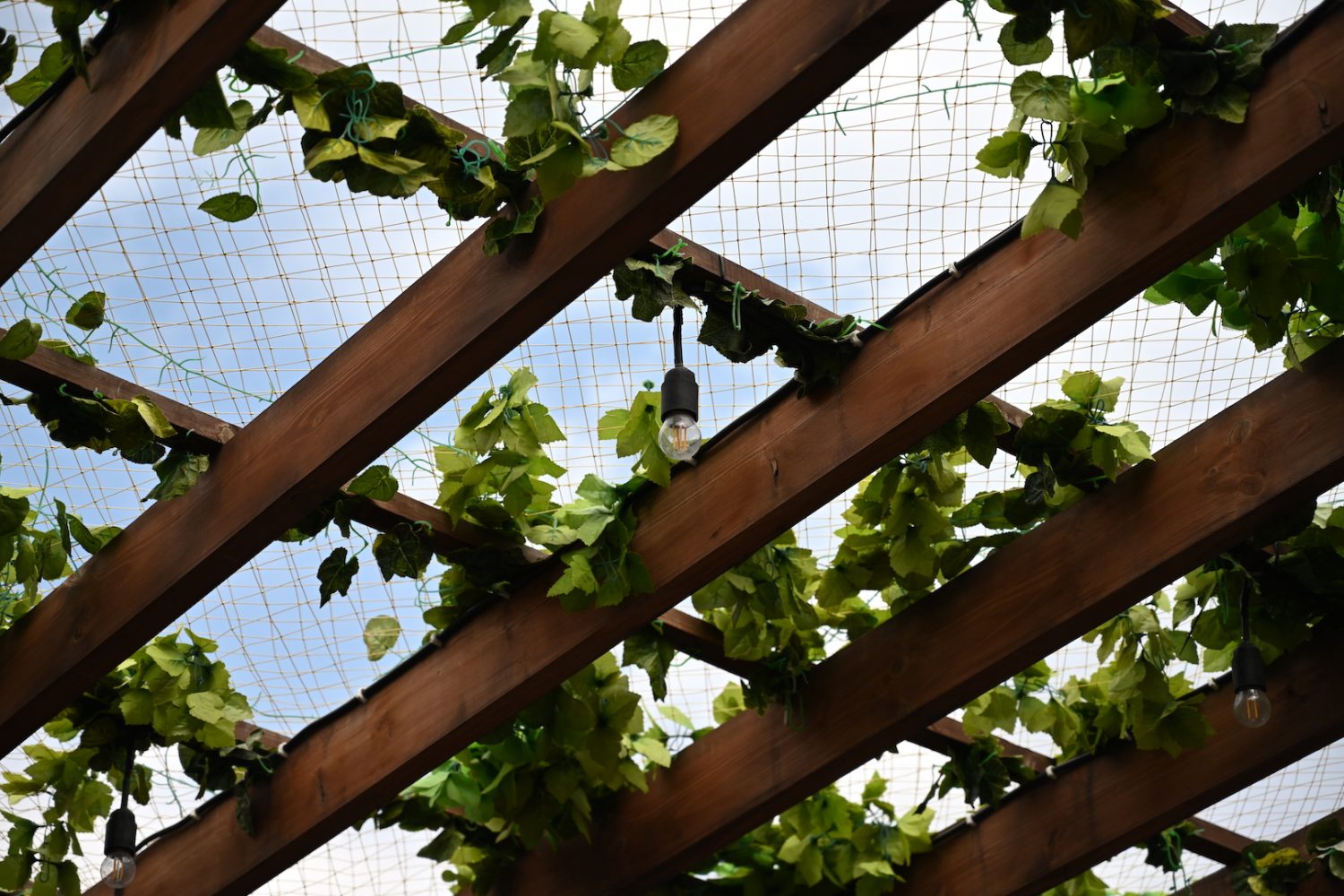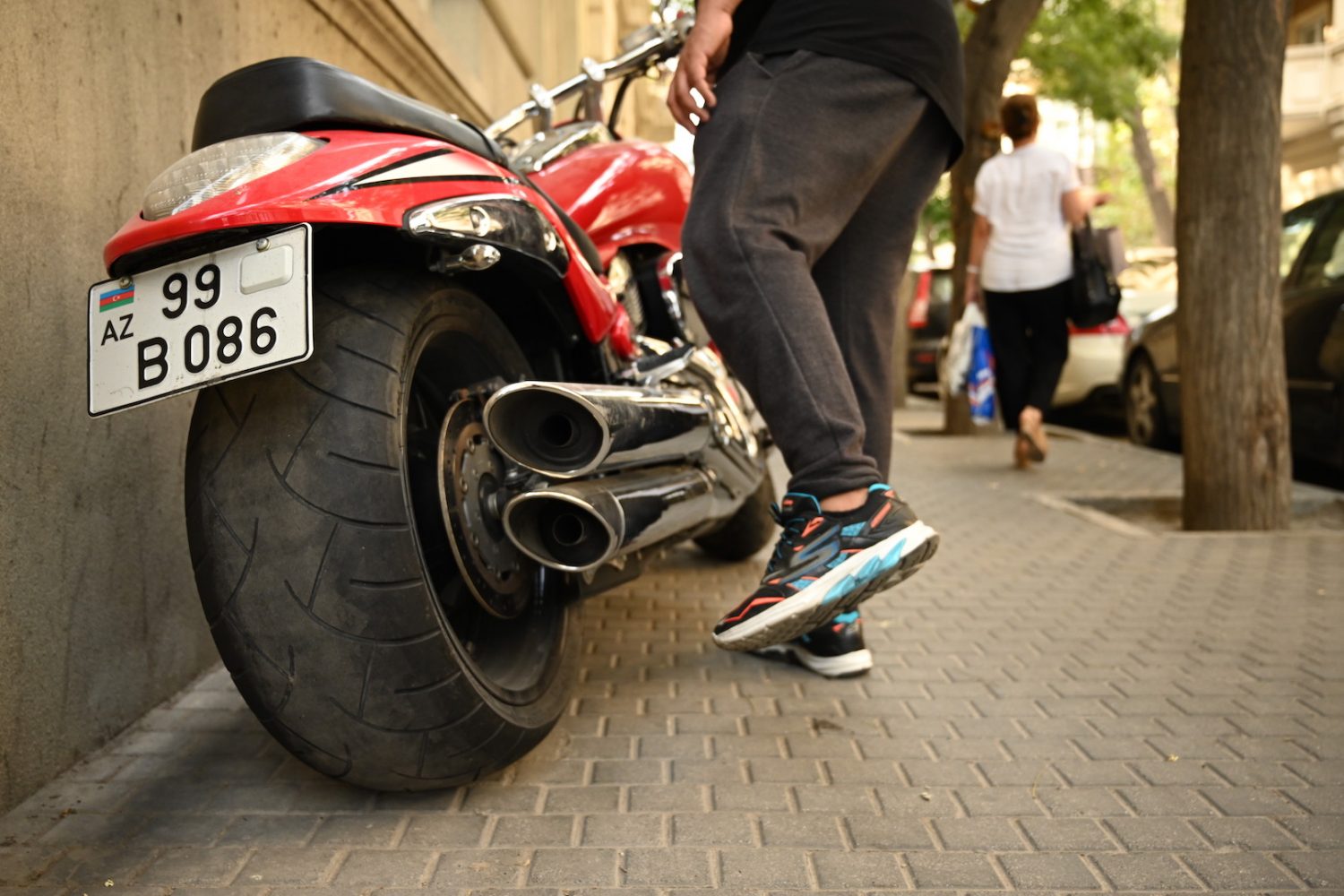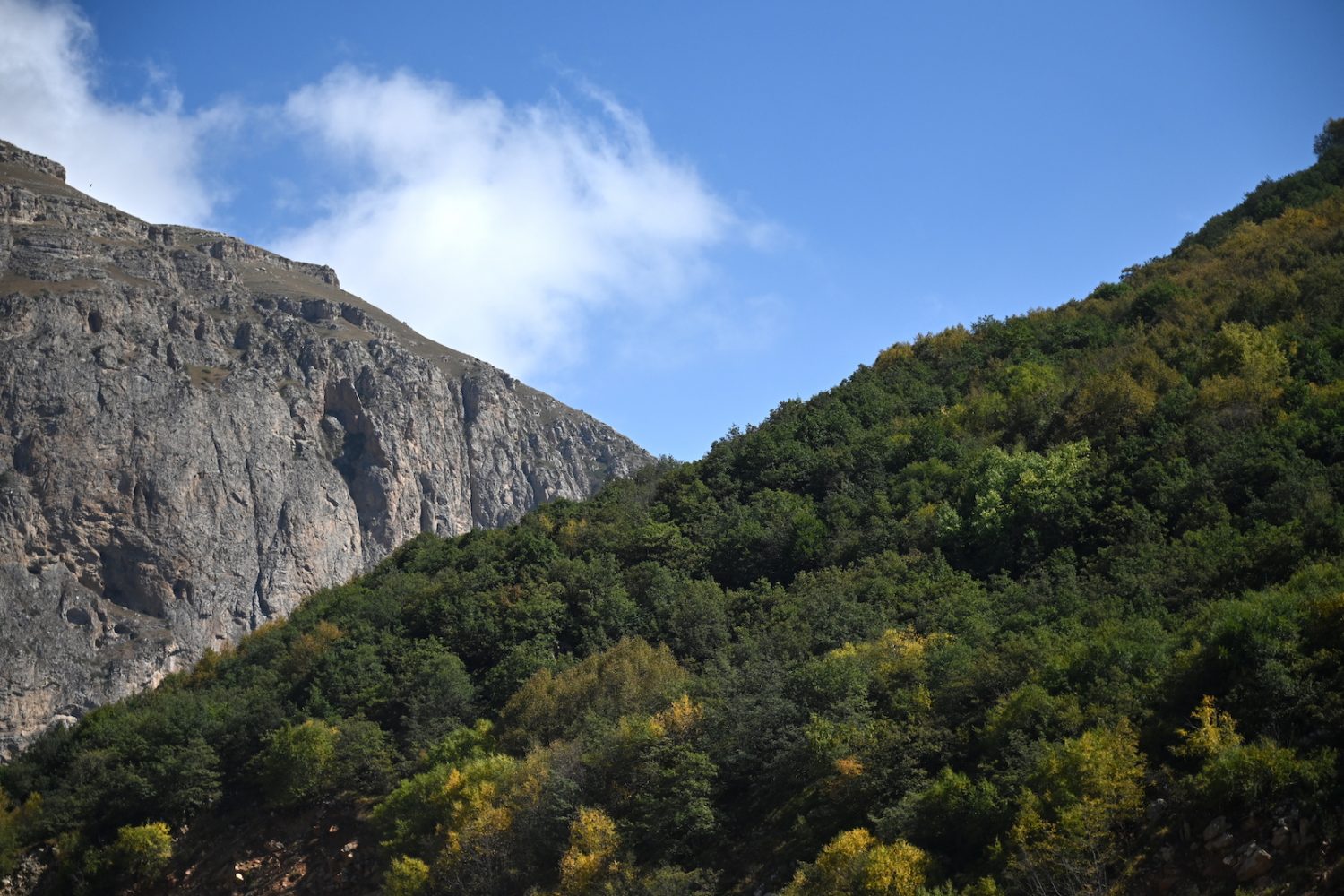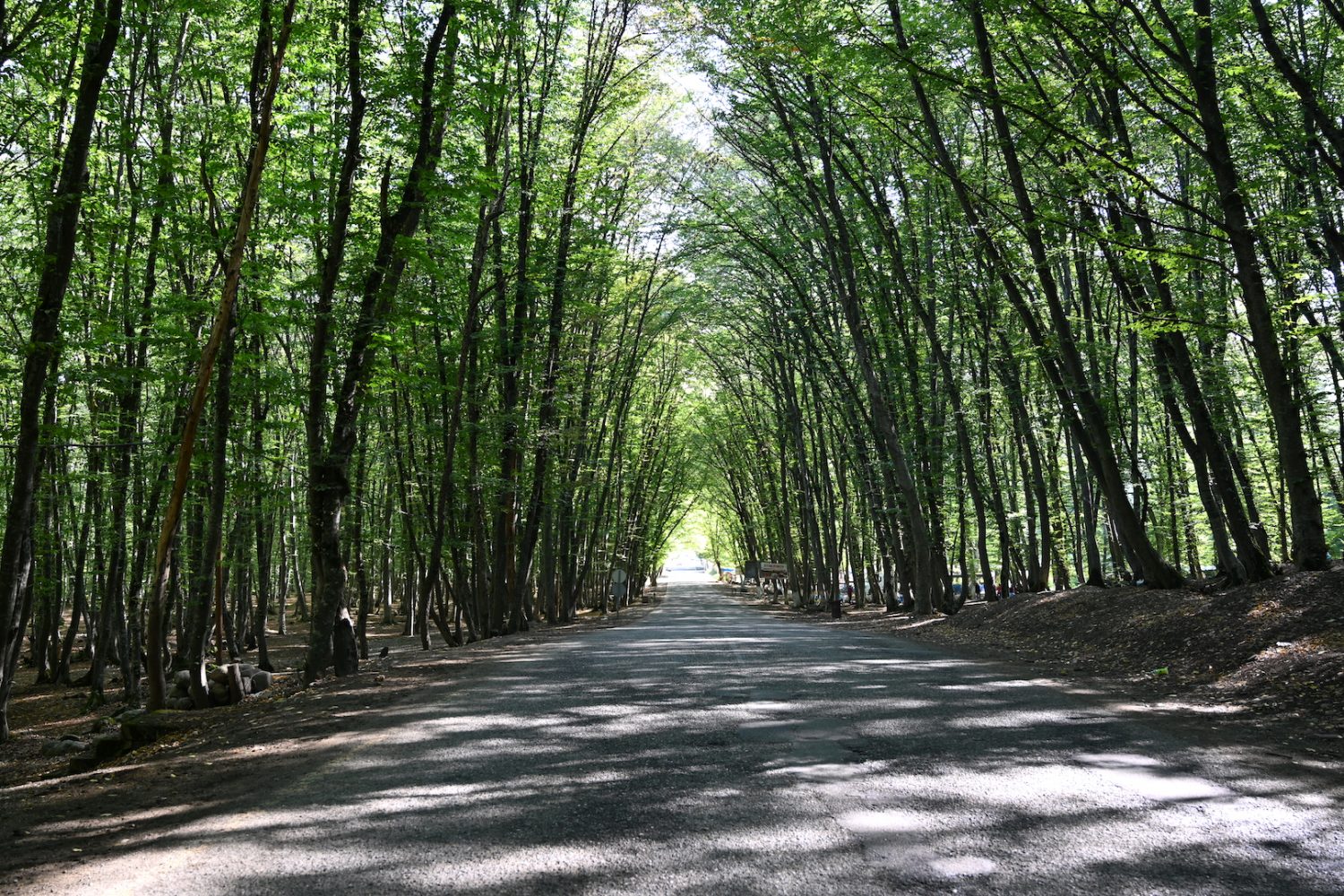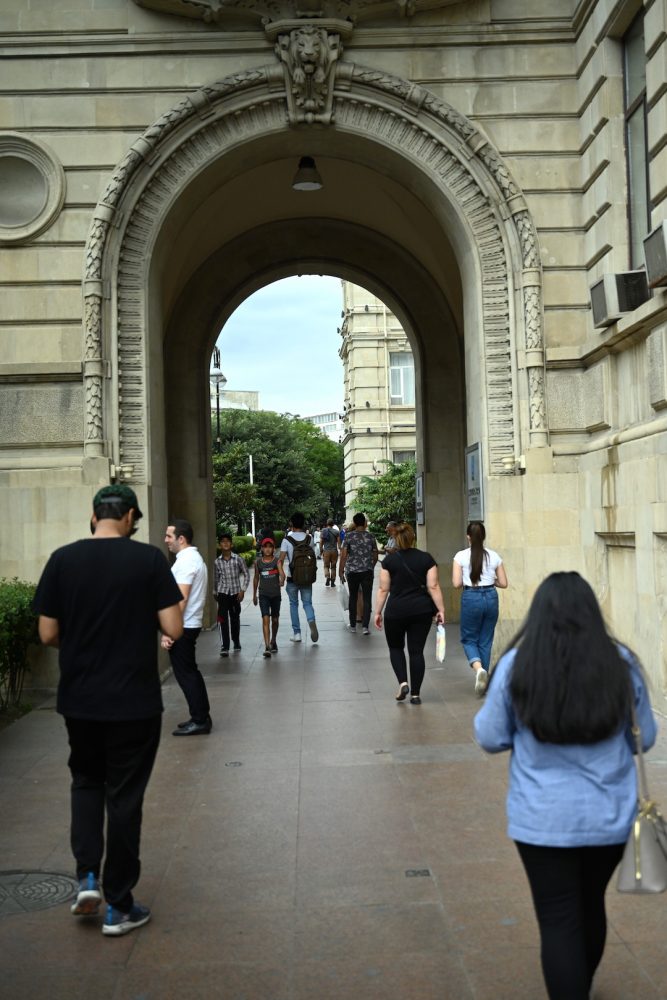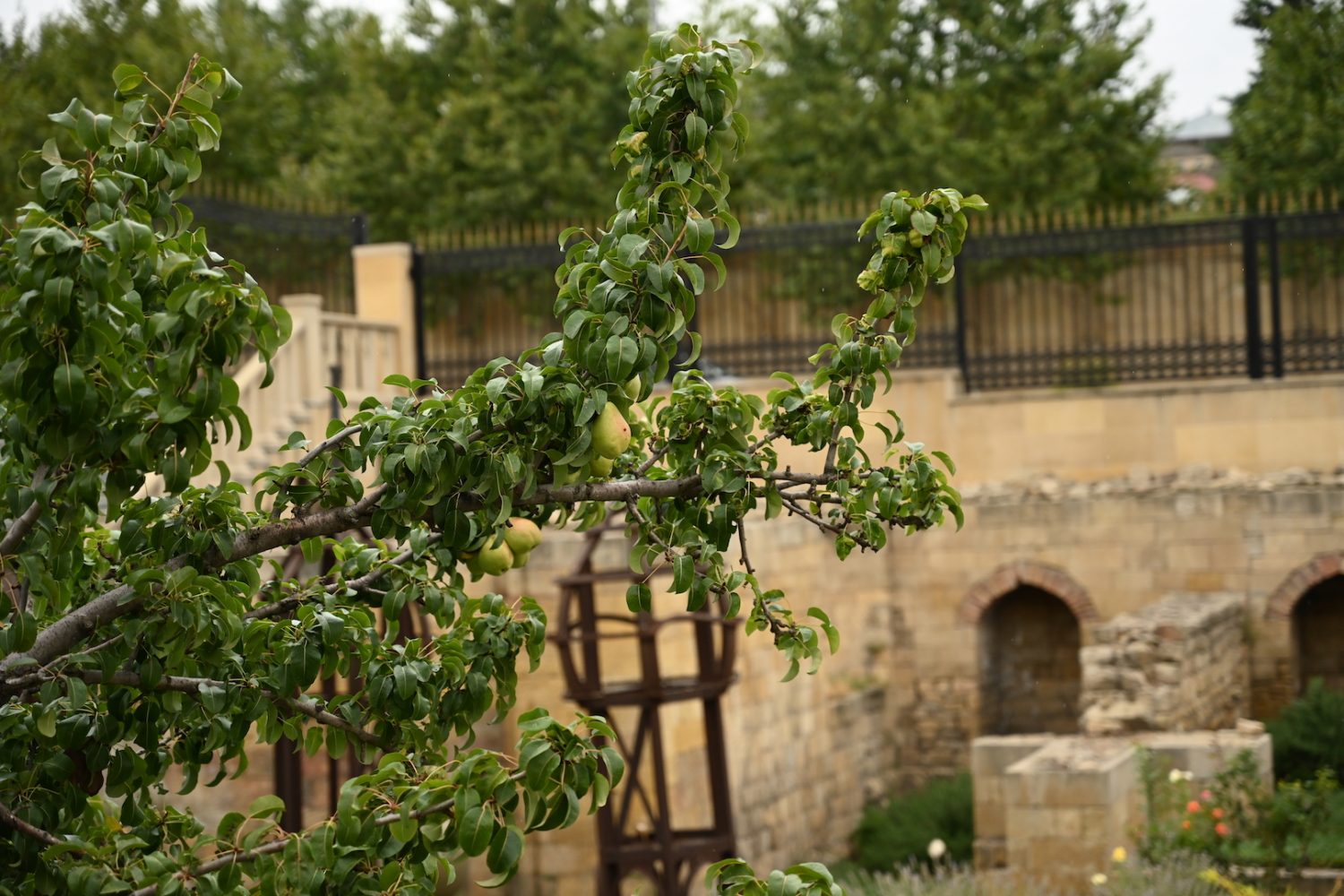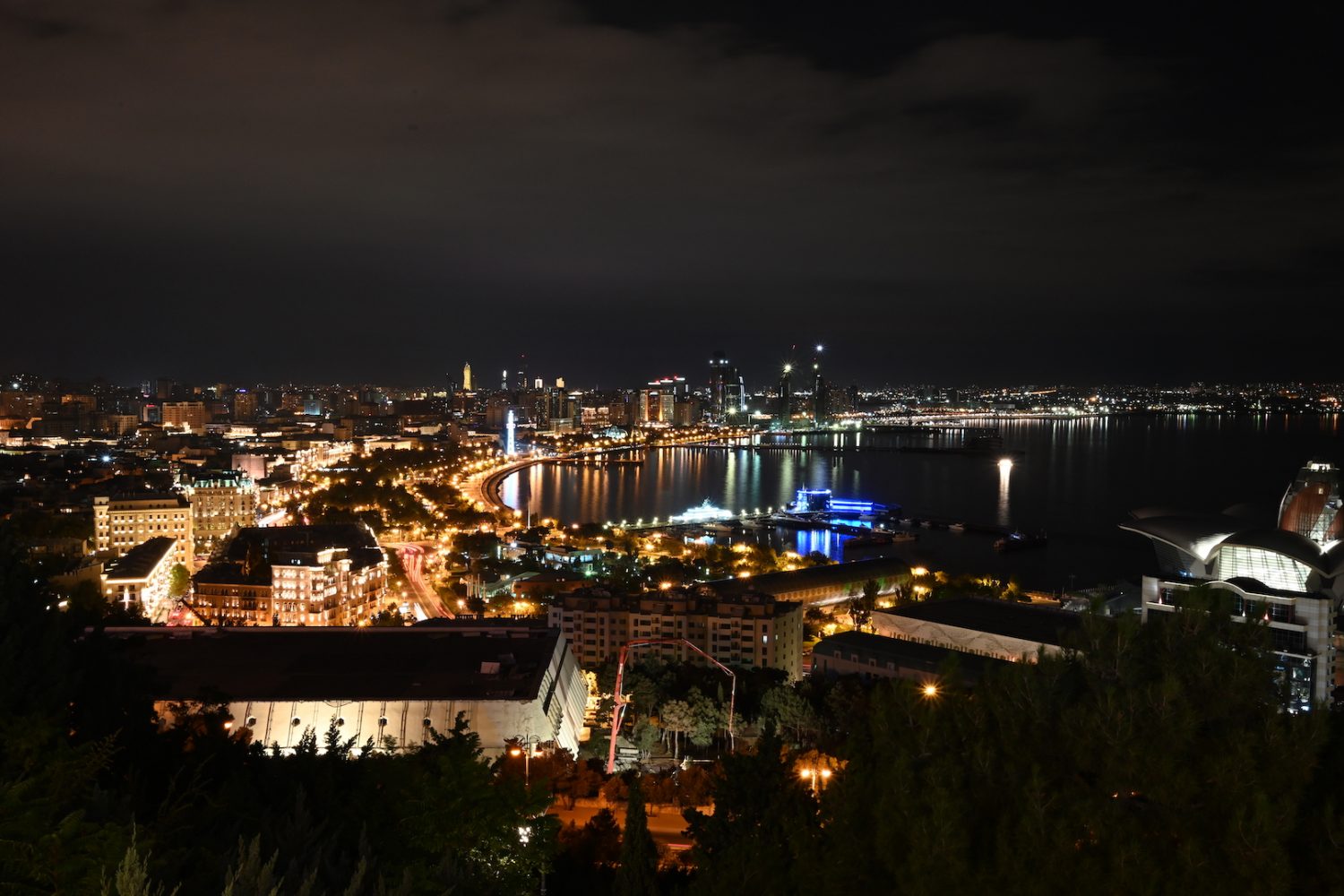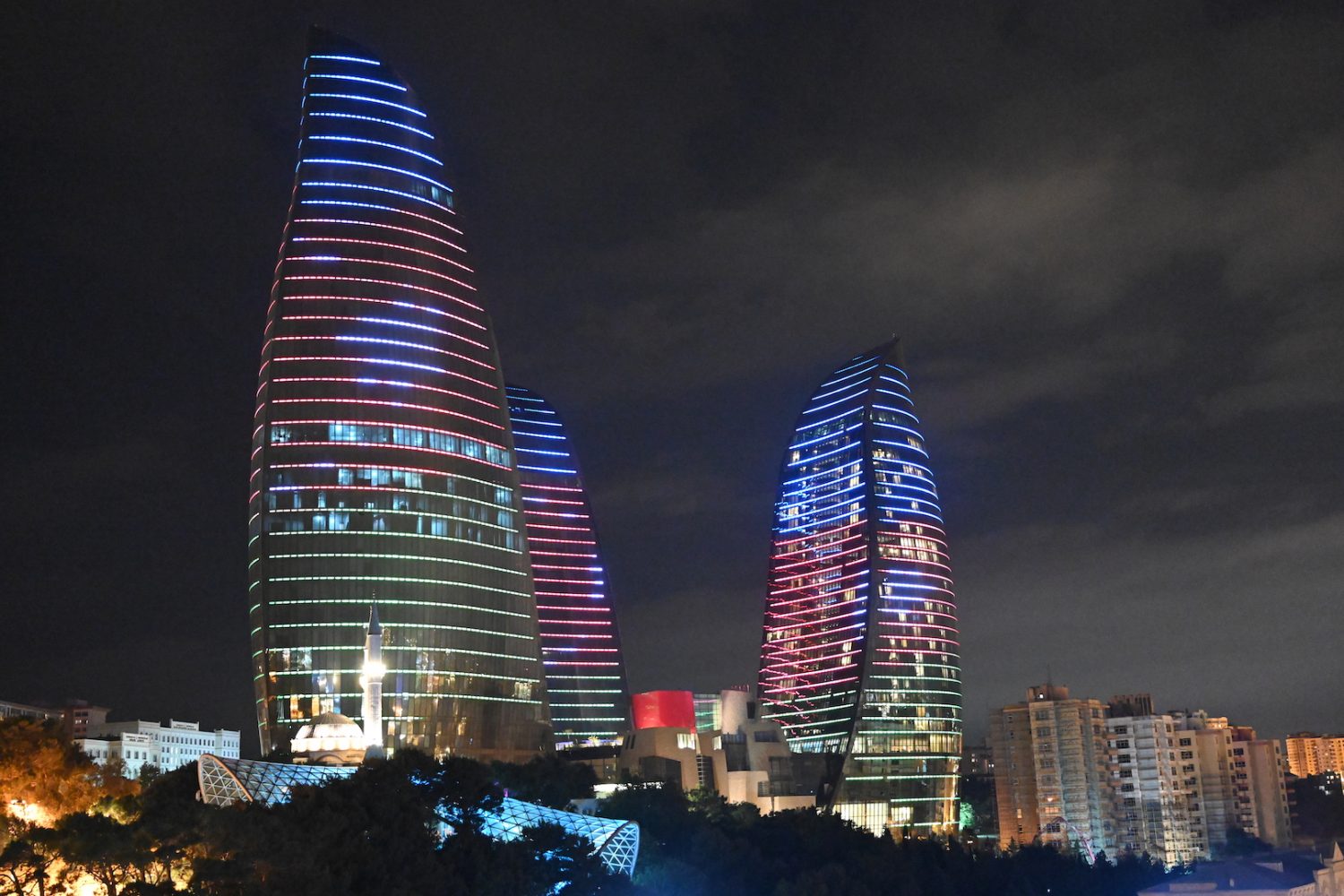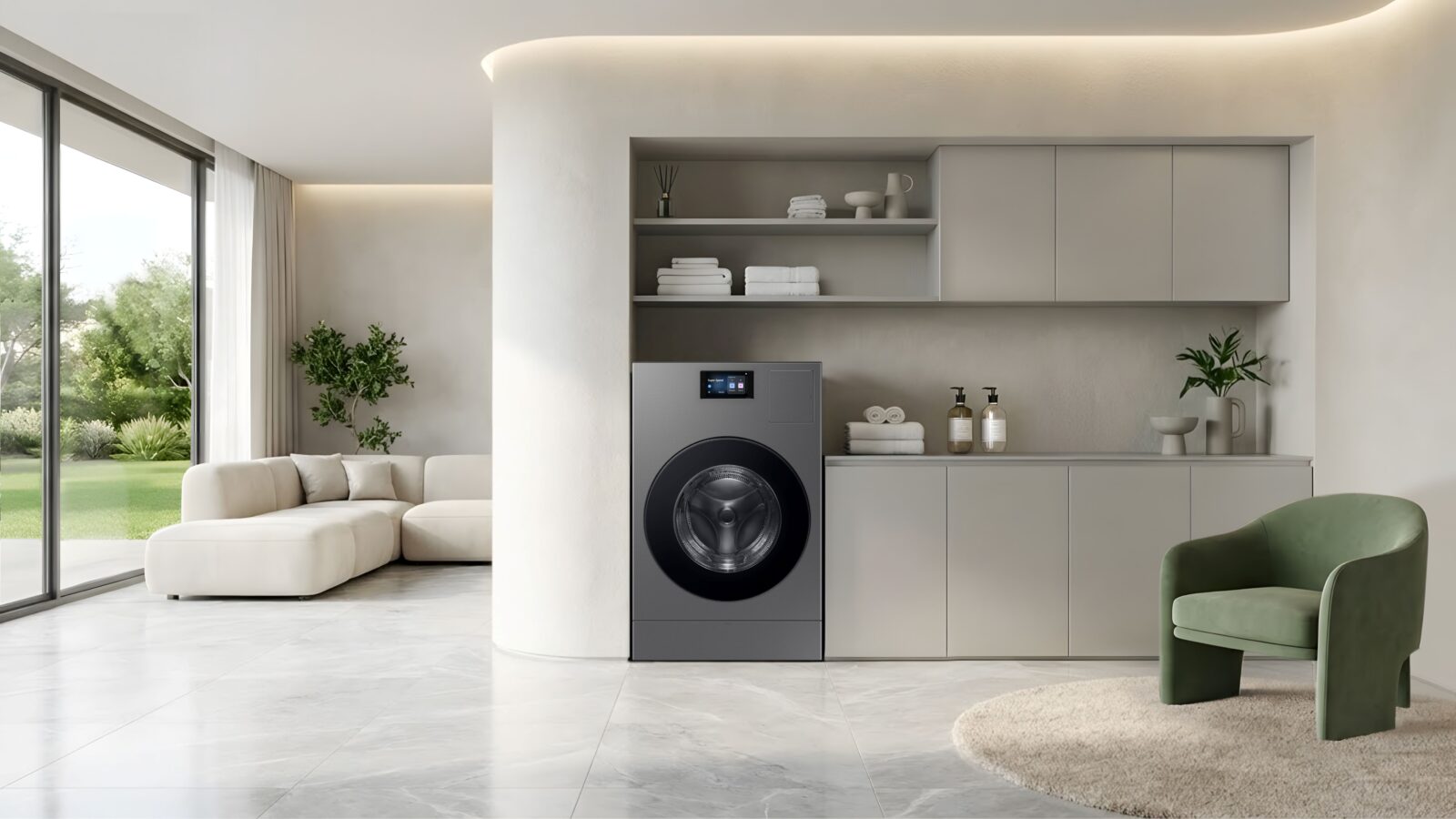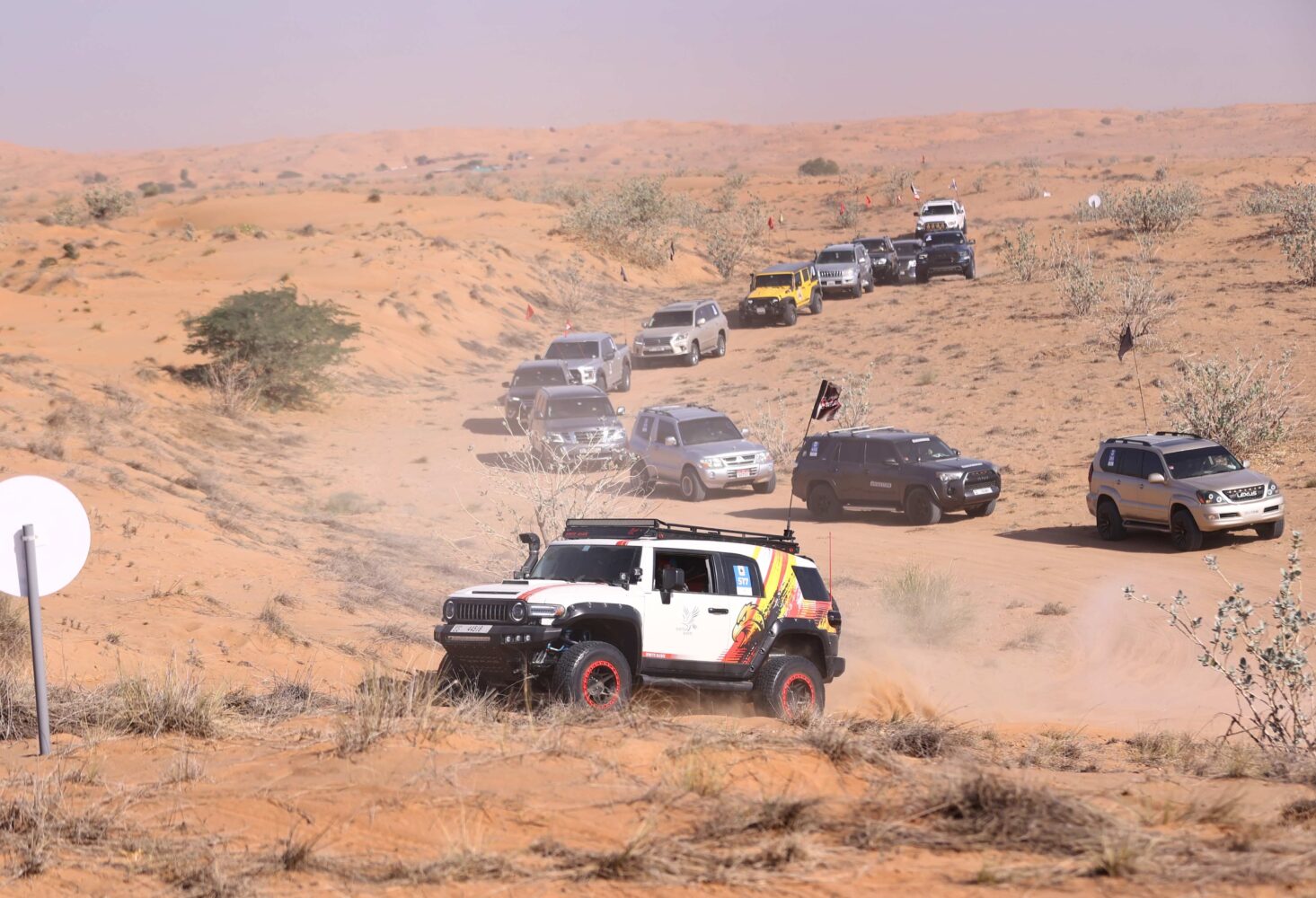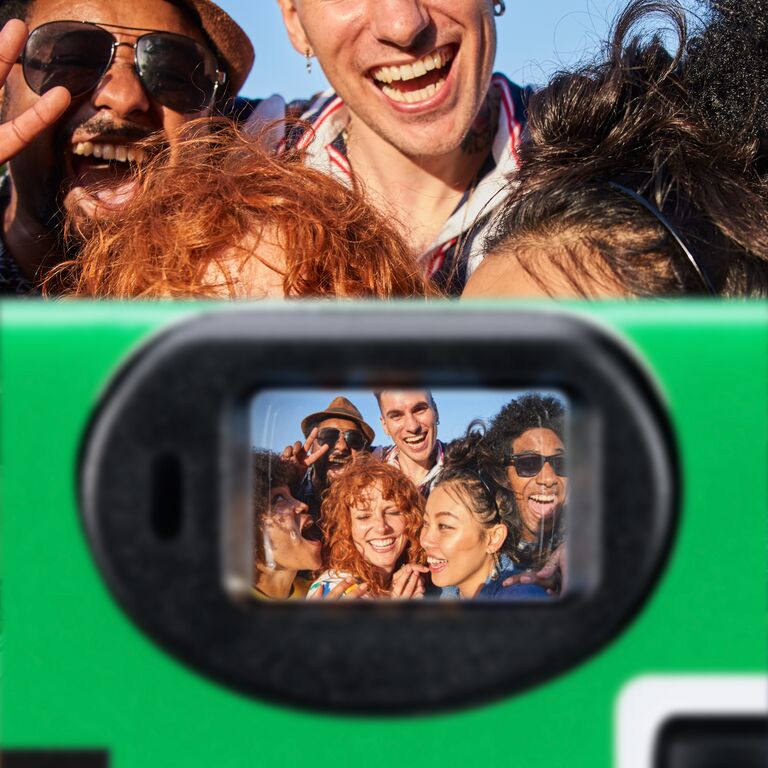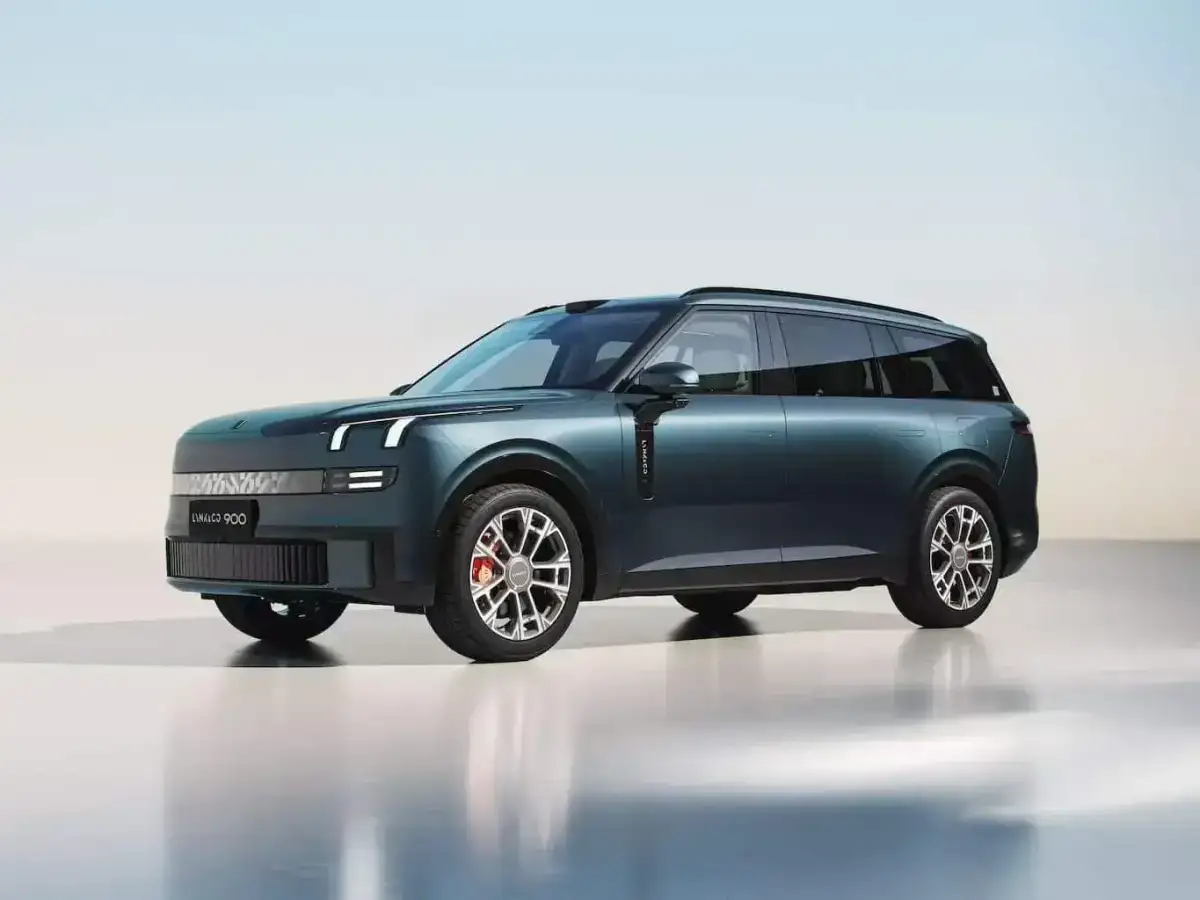The Nikon Z7 is the first full-frame mirrorless camera, and it’s a pretty big deal. This comes after Sony having a lead in pro-level mirrorless cameras.
And they have not cut any corners to make that happen. Nikon Z7 has a 35mm, 45.7-megapixel sensor, featuring on-sensor phase-detect autofocus with nearly 500 AF points. It can record videos at 4K at up to 30 fps and shoot stills at up to 9fps in burst mode. That is really good for a camera that weighs 700g.
Price and competition
Features aside, the standout stat is its price. The body alone will set you back 12,999 AED and if you’d like a lens such as 24-70mm f/4 Z-mount kit lens will fetch you another ____.
If you already have a few Nikon lenses and want to use them on your new camera, it’s 1,999 AED more to get the FTZ adapter. It isn’t cheap.
For comparison, Nikon is 4,000 AED expensive than Canon’s EOS R, although Nikon is better at shooting movies and has higher resolution.
Features and design
It boasts a 45.7-megapixel resolution featuring on-sensor phase-detect autofocus, allowing photographers to choose any of the 493 autofocus points. This covers almost the entire sensor, which makes it pretty straightforward to select a location over the subject. The Z-mount also has in-body image stabilization system meaning every lens gets the benefit. This feature is much appreciated when taking videos.
You can use your existing old Nikon lenses with the FTZ mount adapter. Not so much the case with a memory card. Recently, DSLRs have started supporting ultrafast XQD Cards. This further pushes up the cost as the Z7’s RAW files are not small, they can get up to 60 MB per shot, and the camera has an only single memory card slot, so it’s better to invest in a high-capacity card. Z7’s 3.6-megapixel EVF is excellent and sharp. The 3.2in monitor on the back is as big as you’ll find on any other DSLRs with high resolution. It is touch-sensitive and can tilt at various angles. The mechanism feels stable and robust, like the rest of the camera. Talking about the battery life, you will probably do more than the company claims of 330 shots. But we won’t be dependent on a single battery for more than a day of shooting and even less when movies.
Image and video quality
Of course, those substantial RAW files are no suitable if, well, they’re no good. Happily, the Z7 produces images of absolutely superlative quality. We had to push ISO to 3200 before noise even began to creep in, and boosting sensitivity by another stop to ISO 6400 still yielded excellent results. That makes the Z7 an outstanding low-light camera – and if you’re shooting in brighter conditions, you can enjoy an incredibly wide range of shutter and aperture options with virtually no penalty in terms of image noise.
The 14-70mm f/4 kit lens acquitted itself well, too. A sensor like this will expose poor-quality glass, but the Z-mount lens was gorgeously sharp. It had a bit of a tendency to vignette at larger apertures, but once lens profiles are available for the leading RAW converters that are unlikely to be an issue.
When it comes to video, Nikon could hardly launch a new flagship camera without 4K support, and that box is ticked, at frame rates of 30, 25 or 24fps. The only other option is 1080p, but this supports frame rates up to 120fps, allowing you to shoot great-looking slow-motion clips. Moreover, as you’d hope, there’s an external microphone input.
Verdict
The Z7 is a superb camera. It is one of our favorite mirrorless cameras. Its still images and video are more or less unbeatable, while its form factor, low weight, and compatibility with Nikon’s vast range of F-mount lenses make it genuinely appealing.
The only catch is that the price puts it very much in the realm of professionals – an audience that may hesitate to invest in a camera with a single card slot, and a battery that could die out before the end of a grueling shoot. Even so, if you’re a serious photographer who’ll make use of the full breadth of the Z7’s capabilities, it’s a purchase you won’t regret.





